The allure of capturing the perfect sea adventure photograph lies in its ability to transform fleeting moments into lasting memories. For those embarking on this rewarding journey, preparation and a strategic approach are key. Whether you’re a seasoned adventurer or new to the craft, mastering the essentials of sea adventure photography can elevate your work from ordinary to extraordinary. This guide delves into the critical aspects of gear selection, composition techniques, lighting understanding, and location scouting, ensuring you’re well-equipped to navigate the dynamic and beautiful marine environment. From mastering composition to leveraging the right equipment, this comprehensive exploration will provide you with actionable insights to capture the essence of your surroundings. With patience, knowledge, and a keen eye, you’ll be able to freeze those magical moments on the water, creating images that truly resonate.
Key Takeaways
– Capture stunning sea adventure photos at iconic locations: Explore coastal cliffs, hidden coves, vibrant coral reefs, and rugged islands to find unique photography spots.
– Utilize golden hours for optimal lighting: Shoot during sunrise or sunset to enhance your photos with warm tones and dramatic skies.
– Experiment with low-angle shots and dynamic compositions: Get close to the water’s edge or use a tripod to capture the vastness of the ocean.
– Focus on details and textures: Pay attention to waves, sand, and patterns to add depth to your shots.
– Capture motion and movement: Whether it’s a gentle wave or a powerful storm, experiment with shutter speeds to freeze dynamic moments.
– Plan thoroughly and stay adaptable: Research destinations, prepare your equipment, and be ready to adjust your strategy due to changing weather conditions.
– Join communities for support and growth: Share your work, get feedback, and learn from fellow enthusiasts in online forums like Sailing Photo Awards.
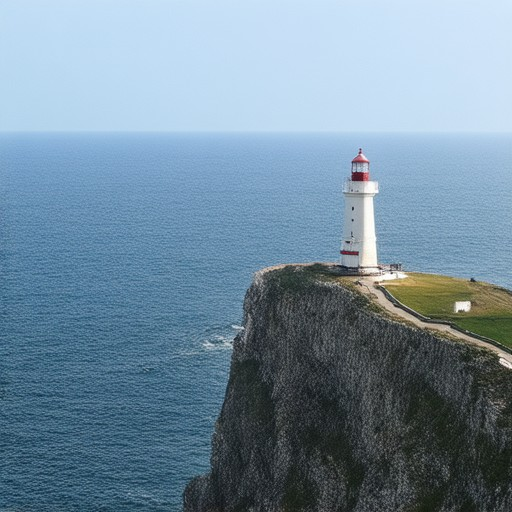
Essential Tips for Capturing Breathtaking Sea Adventure Photographs
Capturing stunning sea adventure photographs requires a combination of skill, preparation, and attention to detail. Here are some expert tips to help you create breathtaking shots:
1. Master Your Lighting
The right lighting can transform an ordinary shot into an extraordinary one. Shoot during the golden hours—either sunrise or sunset—when the light is soft and warm. These times often create dramatic skies and long shadows that add depth to your photos.
2. Choose the Best Time to Shoot
Sea adventures often take place during specific times of the day or year. Early mornings and late afternoons tend to offer the best lighting conditions. Additionally, certain months may provide clearer skies or calmer waters depending on your location.
3. Pay Attention to Composition
Composition is key to making your photos stand out. Use leading lines, rule of thirds, and symmetry to frame your shots. Look for unique angles and perspectives that highlight the beauty of the sea and your subject.
4. Experiment with Aperture and Shutter Speed
Adjust your aperture and shutter speed to control the depth of field and motion in your photos. A wider aperture can blur the background, while a slower shutter speed can capture movement creatively. Practice these settings to find what works best for your style.
5. Use a Tripod for Stability
When shooting on or near the water, a tripod ensures stability, especially in windy conditions. This allows you to stay steady and capture sharp images, even in challenging environments.
6. Invest in Quality Gear
Equipment makes a significant difference. Consider using a high-quality camera with a fast lens, such as a 24mm or 70mm prime lens, for sharp and vibrant photos. A sturdy backpack or waterproof casing can protect your gear during adventures.
7. Capture the Atmosphere
Include elements like waves, clouds, and reflections to add atmosphere to your photos. Look for patterns in the water, such as wave peaks or tidal pools, to create visually interesting compositions.
8. Stay Safe and Respect Nature
Always prioritize safety when photographing near the sea. Avoid dangerous areas, respect wildlife, and be mindful of environmental impact. Many locations require permits, so ensure you have the necessary documentation.
9. Edit Your Photos Thoughtfully
Post-processing can enhance your photos. Use editing software to adjust colors, remove unwanted objects, or fine-tune exposure. However, aim for natural-looking edits that preserve the essence of the moment.
10. Collaborate with Others
Join forces with fellow photographers or ship crew members who might offer unique perspectives or tips. Sharing ideas can lead to more creative and diverse shots.
By following these tips, you can capture the essence of sea adventures and create memories that last a lifetime. Happy shooting!
- Explore Sailing Photo Awards for inspiration and community support
- Discover professional-grade cameras and lenses
- Explore award-winning photography equipment
Top Tips for Successful Sea Adventure Photography
Mastering sea adventure photography requires a blend of technical skills, creativity, and an eye for detail. Here are expert-recommended tips to help you capture stunning marine landscapes and wildlife:
- Choose the Right Gear
- Invest in a sturdy, waterproof camera housing to protect your equipment during rough seas.
- Pick a lightweight tripod to ensure stability, especially on moving vessels or unstable surfaces.
- Carry extra batteries and memory cards for long shoots, as opportunities often arise unexpectedly.
- Plan Your Shoot
- Research your destination beforehand to understand the lighting and tides conditions.
- Timing is crucial—schedule your shoot during golden hours for soft, directional light.
- Study the subject matter, whether it’s whales, coral reefs, or surfers, to find unique perspectives.
- Composition Techniques
- Use leading lines and diagonals to create dynamic compositions, especially with waves and distant horizons.
- Experiment with the rule of thirds and golden ratio to frame your subjects effectively.
- Framing techniques like crop and perspective can emphasize the scale of the ocean and its subjects.
- Lighting Strategies
- Take advantage of natural light, but be prepared to use fill lights or reflectors in shaded areas.
- Shooting into the sun can create dramatic backlit effects, especially with water droplets.
- Underwater photography requires careful handling of light to avoid harsh shadows and overexposure.
- Storytelling Through Photos
- Capture the journey itself—shots of the boat, crew, or the passage through open waters.
- Highlight the environment, from the lighthouse in the background to the seashell on the beach.
- Document the emotions of the experience, whether it’s the thrill of surfing or the tranquility of kayaking.
- Post-Processing Magic
- Edit your photos to enhance color accuracy, reduce noise, and adjust exposure settings.
- Remove unwanted reflections and distractions using advanced editing software.
- Consider converting to black-and-white or sepia tones for a timeless aesthetic.
- Safety First
- Always check weather forecasts and prepare for changes in conditions.
- Stay vigilant with personal safety, especially when near heavy machinery or open water.
- Keep emergency supplies on hand, including a first aid kit and communication devices.
By following these tips, you’ll not only capture breathtaking moments but also tell compelling stories that resonate with anyone who experiences the beauty of the sea.
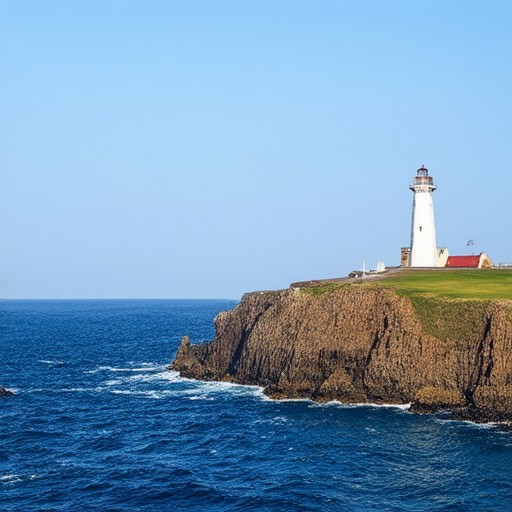
Best Settings for Capturing Stunning Sea Adventure Photos
To capture stunning sea adventure photos, consider the following settings and techniques:
1. Equipment Setup
- Camera: Use a high-quality full-frame DSLR or mirrorless camera with excellent low-light capabilities. A wide-angle lens (e.g., 24mm or 35mm) is ideal for capturing vast ocean scenes.
- Telephoto Lens: For dramatic compositions, try a telephoto lens (70-200mm) to zoom in on details like waves, boats, or distant islands.
- Tripod: Use a sturdy tripod to stabilize your camera, especially in windy conditions or when shooting long exposures.
2. Lighting and Exposure
- Golden Hour: Shoot during sunrise or sunset for soft, diffused light that enhances colors and creates dramatic skies.
- Blue Hours: Capture the ocean’s calming hues during the blue hours (dawn or dusk) for serene and peaceful shots.
- Exposure Bracketing: Use manual exposure modes and bracket (e.g., +2, -2, -3 stops) to find the perfect exposure balance, especially in high-contrast scenes.
- Neutral Density (ND) Filters: Apply ND filters to control the amount of light entering the lens, helping to balance bright skies with darker waters.
3. Composition Techniques
- Rule of Thirds: Position your subject or leading lines along the rule of thirds grid to create visually appealing compositions.
- Leading Lines: Incorporate elements like waves, boat masts, or the horizon to guide the viewer’s eye through the frame.
- Foreground Interest: Add elements like a boat, kayaker, or surfboard to add depth and interest to your photos.
- Horizon Line: Ensure the horizon is visible to establish scale and depth in your ocean scenes.
4. Color Correction
- White Balance: Adjust white balance to match the ambient light conditions to preserve natural colors and avoid unwanted color casts.
- Sky Enhancements: Use gradient overlays to intensify the blue tones in the sky during sunrise or sunset shots.
- Vibrant Hues: Boost saturation and vibrance in post-processing to bring out the rich colors of the ocean and sky.
5. Focus and Sharpness
- Sharp Focus: Ensure critical focus, especially on your subject (e.g., waves, boats, or birds) to maintain clarity and detail.
- Manual Focus: Use manual focus mode or focus aids to achieve precise focus, especially in challenging lighting conditions.
6. Reflective Elements
- Water Reflections: Look for reflections of the sky or surrounding landscape on the water surface to add visual interest and depth.
7. Storytelling Through Motion
- Motion Blurs: Capture the dynamic motion of waves or moving subjects to convey a sense of movement and energy.
- Dramatic Compositions: Include elements like a lone boat or distant islands to create a sense of isolation and grandeur.
By combining these settings and techniques, you can create stunning sea adventure photos that truly capture the essence of the ocean. Experiment with different angles, perspectives, and lighting conditions to discover your personal style. For more tips and inspiration, explore our Tips and Guides section.
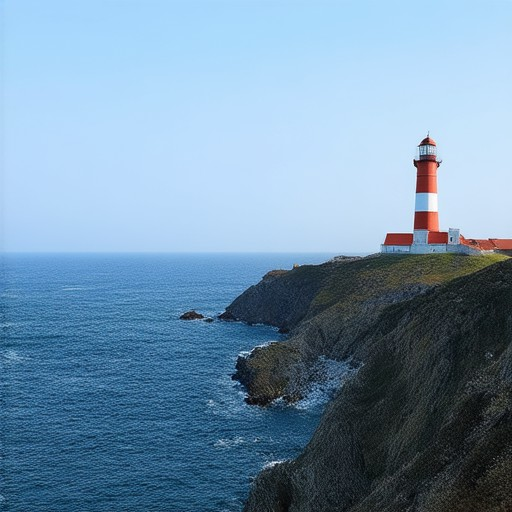
What Are the Best Spots for Capturing Breathtaking Sea Adventure Photos?
Capture stunning sea adventure photos at these top spots. Explore hidden coves, rugged cliffs, and vibrant islands perfect for photography. Tips included!
Top Locations for Sea Adventure Photography
- Coastal Cliffs and Rocky Shorelines: Look for dramatic compositions with crashing waves, towering cliffs, and seastacks. Popular spots include the Coastal Cliffs National Park and the Rocky Shoreline Trail .
- Hidden Coves and Secret Lagoons: Discover secluded bays where calm waters reflect the sky, ideal for serene photography moments. Visit the Hidden Coves Preserve and the Lagoon Photography Hub .
- Vibrant Coral Reefs and Underwater Wonders: Snorkel or dive among colorful coral reefs teeming with marine life. Explore destinations like the Coral Reef National Park and the Underwater Photography Academy .
- Rugged Coastal Islands: Capture the beauty of isolated islands with dramatic landscapes and unique rock formations. Check out the Island Photography Guide and the Coastal Islands Series .
Photography Tips for Sea Adventures
To make the most of your sea adventure photography:
- Golden Hours:** Capture the magical light of sunrise and sunset to enhance your shots with warm tones and dramatic skies.
- Low Angle Shots:** Get close to the water’s edge or use a tripod for stable low-angle shots that emphasize the vastness of the ocean.
- Focus on Details:** Pay attention to textures like waves, sand, or the intricate patterns on the shore.
- Experiment with Motion:** Capture the dynamic movement of the ocean, whether it’s a gentle wave or a powerful storm.
Ready to explore these incredible spots and tips? Start planning your next sea adventure photography mission today!
What Are the Best Practices for Capturing Stunning Sea Adventure Photos?
- Choose the Right Time of Day: The golden hour, typically 1-2 hours after sunrise or before sunset, offers soft, diffused light that enhances textures and colors in the landscape.
- Focus on Composition: Use leading lines, symmetry, and patterns to create visually appealing shots. Experiment with wide-angle shots to capture the vastness of the sea.
- Pick the Right Equipment: Invest in a sturdy tripod for stability, especially in rough conditions. A high-quality camera with a fast lens or a telephoto lens can help capture distant subjects and details.
- Experiment with Aperture and Shutter Speed: Use a small aperture to blur the background and isolate your subject. Adjust shutter speed to freeze motion or create dynamic movement in waves and sails.
- Capture the Mood of the Moment: Pay attention to the atmosphere—whether it’s the serene calm before sunset or the energetic activity during peak boating hours.
- Edit Your Photos Thoughtfully: Use post-processing tools to enhance colors, adjust exposure, and remove unwanted distractions. Consider converting to black and white for a timeless look.
- Stay Low to the Ground: Get close to the water level for dramatic perspectives, such as waves crashing against the shore or reflections on the surface.
- Look for Unique Angles: Capture shots from different vantage points, like aerial views or low-angle shots, to add visual interest and tell a story.
- Document the Journey: Don’t just focus on the final image—capture the process, the boat, the crew, and the environment to create a comprehensive narrative.
- Share and Connect with Others: Join online communities like Sailing Photo Awards to share your work, get feedback, and learn from fellow enthusiasts.
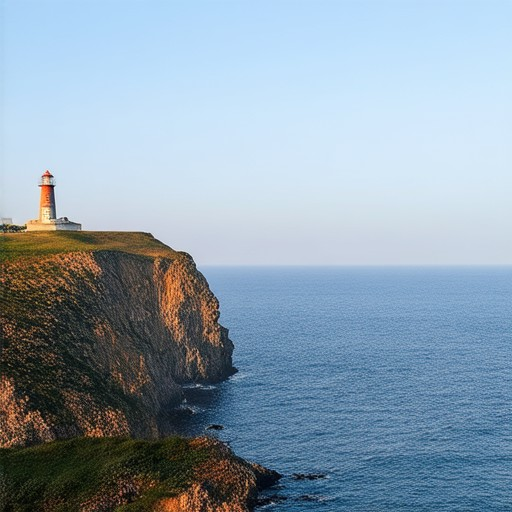
What are the top considerations for successful sea adventure photography?
- Research and Planning: Before setting sail, conduct thorough research on your destination, weather patterns, and seasonal changes. Understanding the environment will help you prepare for varying light conditions and challenges.
- Equipment Preparation: Ensure your camera, lenses, and accessories are well-maintained and ready for rough conditions. Consider bringing extra batteries, memory cards, and waterproof gear suited for maritime environments.
- Timing and Lighting: Capture dramatic moments during golden hours and use available light effectively. Plan your shots around the rising and setting sun to take advantage of soft, directional lighting that enhances coastal scenery.
- Composition and Perspective: Experiment with unique angles and perspectives to showcase the vastness of the sea. Look for symmetrical compositions and dynamic elements like waves, boats, or reflections to create visually striking images.
- Weather Adaptability: Be prepared for sudden changes in weather. Stay alert to storm systems and adjust your shooting strategy accordingly. Adaptable photographers often find the most interesting opportunities during challenging conditions.
- Safety First: Prioritize safety at all times. Familiarize yourself with emergency procedures and equipment, and stay aware of your surroundings to ensure a safe journey and shooting experience.
- Community and Collaboration: Engage with fellow photographers and share tips. Join online communities or local groups to gain insights and learn from experienced practitioners who can offer guidance tailored to sea adventures.
Sailing Photo Awards encourages everyone to explore these tips and more through our comprehensive resources and galleries. Discover inspiration and improve your skills today!
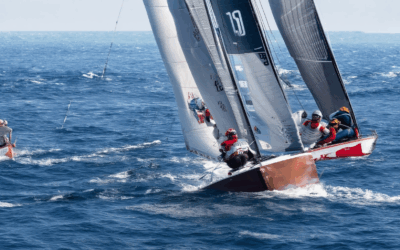
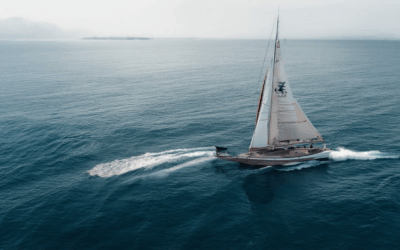
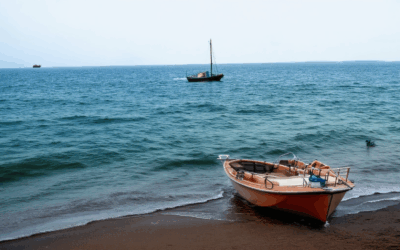
0 Comments